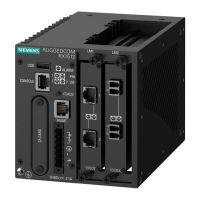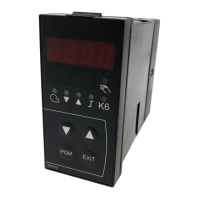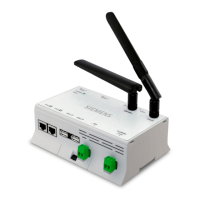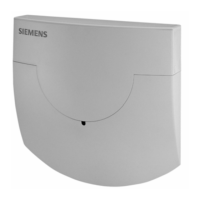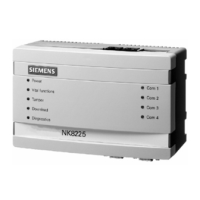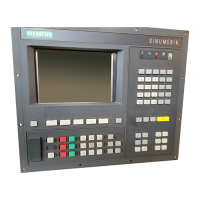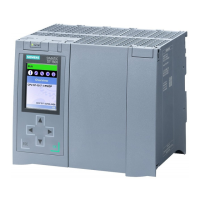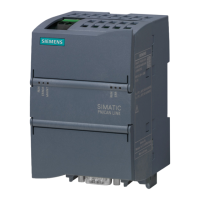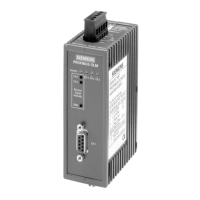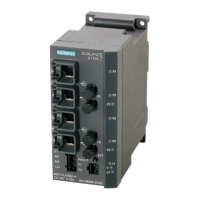RUGGEDCOM RX1400
Installation Guide
Chapter 2
Installing the Device
Connecting a GPS Antenna 17
IMPORTANT!
A site survey is recommended prior to any installation to help determine the best location for the GPS
antenna. For assistance, contact a Siemens Sales representative.
IMPORTANT!
Although it is impossible to protect the antenna from a direct lightning strike, the antenna and
connected components can be protected from secondary effects through site selection and by installing
protection devices.
Install the antenna at least 15 m (49 ft) away from and lower than any structures that attract
lightning. GPS antenna damage is usually not the result of a direct lightning strike, but due to high
currents induced by the effects of a lightning strike on a nearby structure. Lightning arrestors should
also be installed in the antenna line to protect the receiver and connected devices. If a lightning
arrestor is installed, it is important to make sure it has a low impedance path to ground.
To promote signal reception and avoid signal saturation at the receiver input, the overall GPS system requires a
relative gain between 5 and 18 dBi.
Use only low loss, 50 Ω coaxial cabling when connecting the GPS and any other optional components to the
RX1400.
NOTE
Using any length of coaxial cable will add some time delay to the GPS signal, which degrades the
accuracy of the calculated time and position. The time delay is dependent on the type of dielectric
material in the cable and ranges from 1 to 2 ns/ft. The table below gives some examples of the delay
that can be expected based on the dielectric type.
Dielectric Type Time Delay (ns/ft) Propagation Velocity (% of c)
Solid Polyethylene (PE) 1.54 65.9
Foam Polyethylene (FE) 1.27 80.0
Foam Polystyrene (FS) 1.12 91.0
Air Space Polyethylene (ASP) 1.15 to 1.21 84 to 88
Solid Teflon (ST) 1.46 69.4
Air Space Teflon (AST) 1.13 to 1.20 85 to 90
To connect a GPS antenna, do the following:
1. Mount the antenna to a pole or wall in an area that provides good signal coverage and is away from any
signal noise emanating from other communications equipment. Make sure 90° of the sky is visible to the
antenna.
2. If required, connect the optional lightning arrestor, line amplifier or bandpass filter to the antenna.
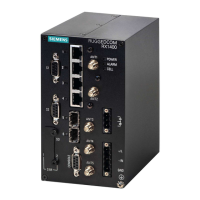
